Photo Editing vs. Graphic Design: Understanding the Differences
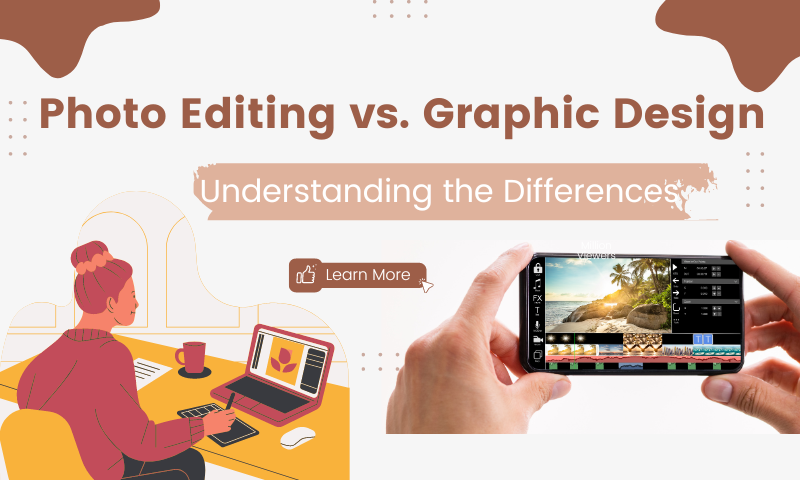
We live in the digital era and can see all kinds of pictures everywhere. Sometimes it is a visually stunning photo, and sometimes it is a poster that makes people shine. Do you know what the difference is between them? Have the images been optimized and edited? Posters, advertisements, and creative posts are always called why. Let's read on with the question.
What is Photo Editing?
Making changes to images, photo editing is a generalization of the process of editing complex or simplified images.
In the process of photo editing, we use various methods and tools. Sometimes it is done automatically using software, and sometimes it is done manually.
There are other names for image processing, such as Image editing, Post-processing, Image/photo manipulation, Photoshopping, and Image/photo enhancement.
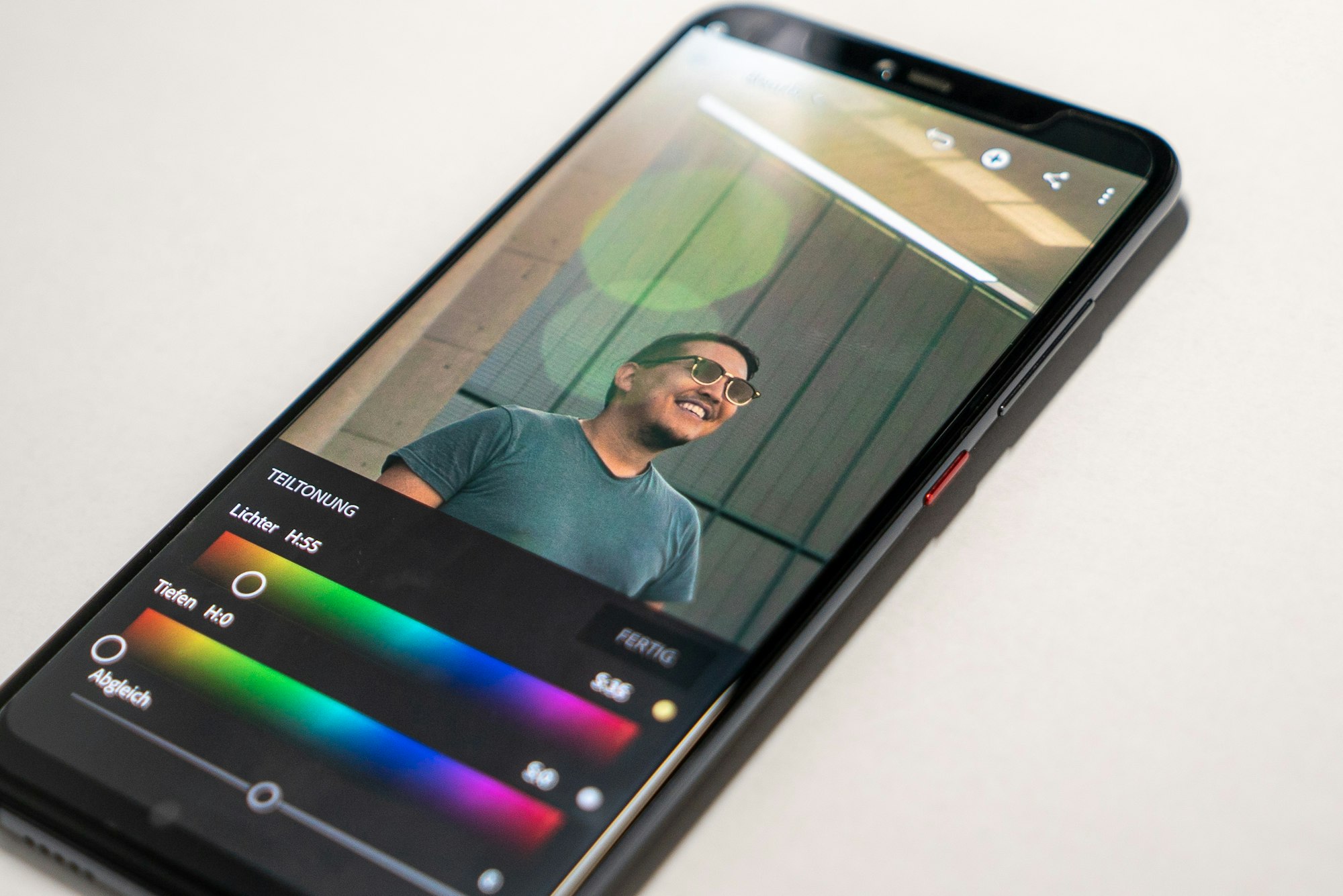
Why do we need to edit images?
We want to modify the image to match its purpose and enhance the visual effect of the image presented. Of course, sometimes, we need to process a batch of images to present a style for a business, a photographer, or a portfolio.
Image editing is significant for e-commerce. The user's feeling after seeing the product image at first glance determines whether he is interested in the product or not. For a blogger, whether the cover of the work will attract people's attention. For a photographer, the viewer's visuals and feelings will resonate with the photographer after seeing the photo.
Common photo editing techniques and tools
Common photo editing operations include cropping, adjusting brightness and contrast, resizing and scaling, color correction, sharpening, retouching, noise reduction, and applying filters and effects. These basic operations can refine composition, adjust tones, manipulate colors, and enhance the visual impact of images.
What comes to your mind when you think of popular photo editing tools? The first is PhotoShop, a professional photo editing tool offering advanced and diverse editing features and excellent processing capabilities. The same GIMP is an affordable alternative to PS. It is open source and free. In addition, the AI photo editor Imglarger makes photo editing more efficient, straightforward, and suitable for everyone. No photo editing skills are required; it can be done with a few simple clicks.
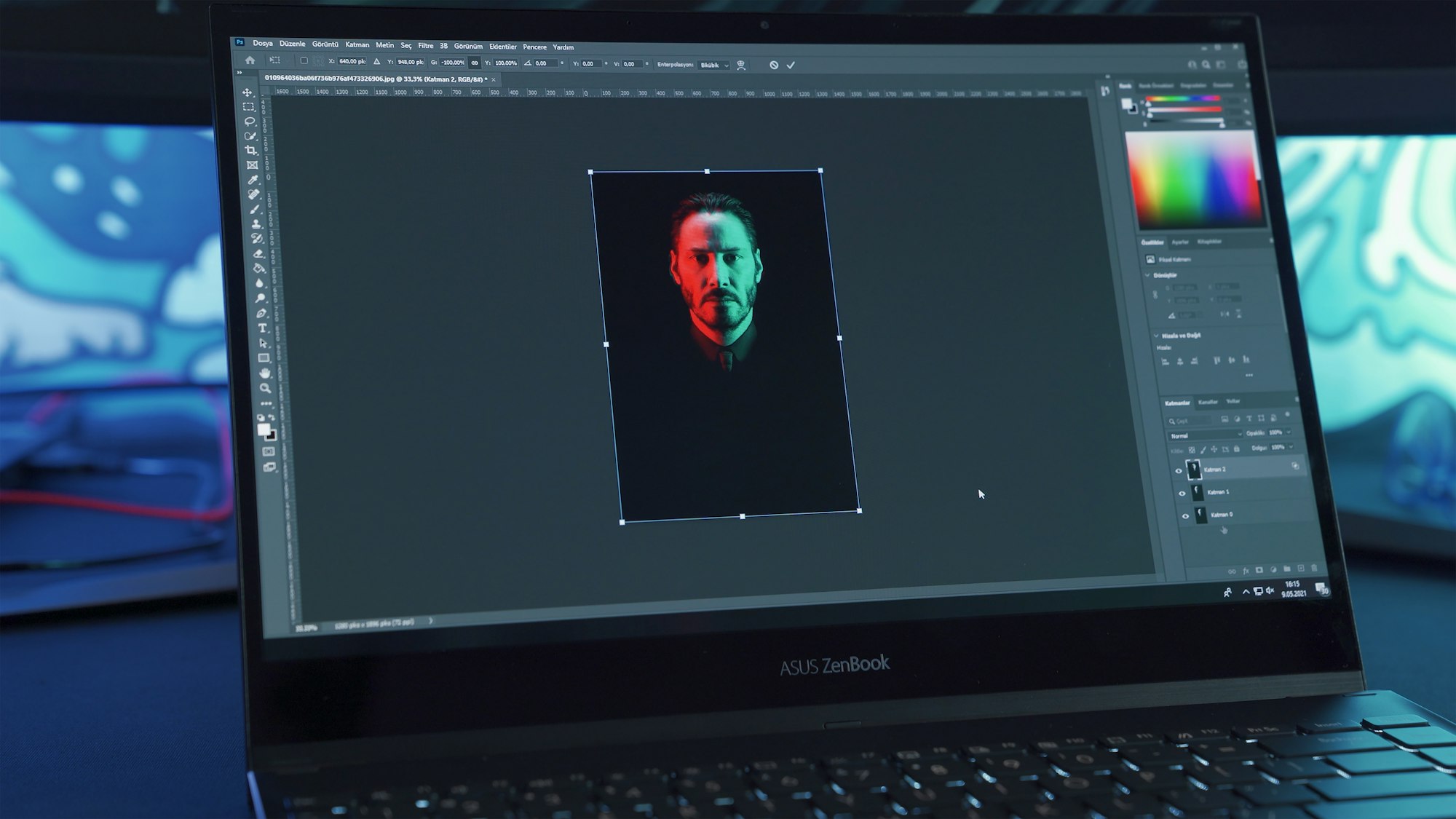
What is Graphic Design?
"Graphic design is the art and practice of planning and projecting ideas and experiences with visual and textual content." from the American Institute of Graphic Arts (AIGA)
In simple terms, graphic design is the visual communication of ideas, creativity, and information. It is also the visual representation of a project by combining and matching the visual elements associated with the project. A simple example is the design of a brand logo, and a more complex example is the design of a web page layout. Designing a magazine cover, creating a poster for a party, or designing a product package are all graphic design examples.
Everyone does their graphic design in their daily lives in different ways. Adding text or stickers to selfies, filling tables with different colors, as long as you create all kinds of visual content, you also do graphic design.
What are the elements and principles of graphic design?
Graphic design elements include color, size, line, shape, form, space, and texture. Graphic design has guidelines for achieving clever compositions, including contrast, balance, emphasis, movement, proportion, and rhythm. Applying these basic guidelines when designing a graphic design piece can produce a more balanced and stable visual effect.
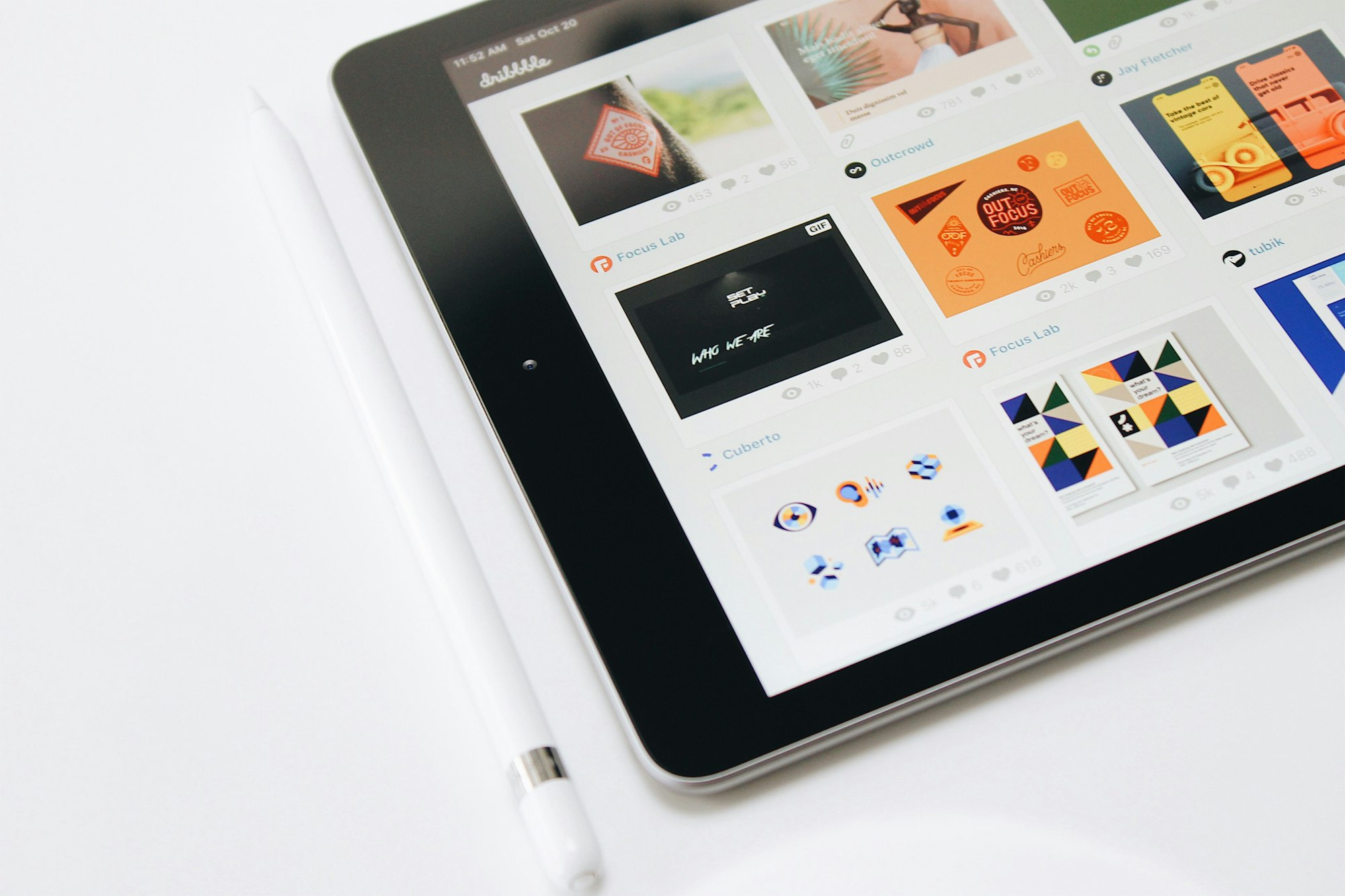
What is the purpose of graphic design?
Graphic design can convey or reinforce a message.
Clever graphic art can convey an effective message while simplifying communication. A spreadsheet with data analysis, using different colors to highlight which metrics are going up and which are going down, makes it easier for the viewer to understand which ones need to be adjusted quickly.
The right graphic design can resonate with viewers and drive them to act. For example, the graphics on a food bag make the food inside look more appealing and make people want to eat it, prompting them to buy it.

Key Differences Between Photo Editing and Graphic Design
- Distinctive Aims and Objectives
Editing functions like enhancing and retouching are typically applied to preexisting images during photo editing. Image enhancement that doesn't compromise the photo's natural look.
In contrast to other art forms, graphic design does not rely on preexisting images but rather creates new ones from scratch. Graphic design is the art of communicating ideas through visual elements like typography, illustrations, and photographs.
- Expertise and specialized abilities
Editing photos expertly in image-editing programs like Adobe Photoshop and Lightroom. Color correction, retouching, and manipulating images are all necessary skills.
Conceptual and creative thinking skills are vital in graphic design. Composition, color theory, typography, and the ability to recognize visual hierarchy are all essential skills for designers. Graphic design software expertise is also required, particularly in Adobe Illustrator or InDesign.
- Industry and application
The fields of photography, e-commerce, and product retouching all make frequent use of photo editing. Photo editors are used frequently by photographers, online merchants, and advertising agencies to improve product photos and make engaging visual content.
Advertising, branding, website design, and other creative industries rely heavily on graphic designers. Logos, brochures, ads, and website designs are just a few examples of the visual materials that graphic designers produce to spread the word and attract customers.
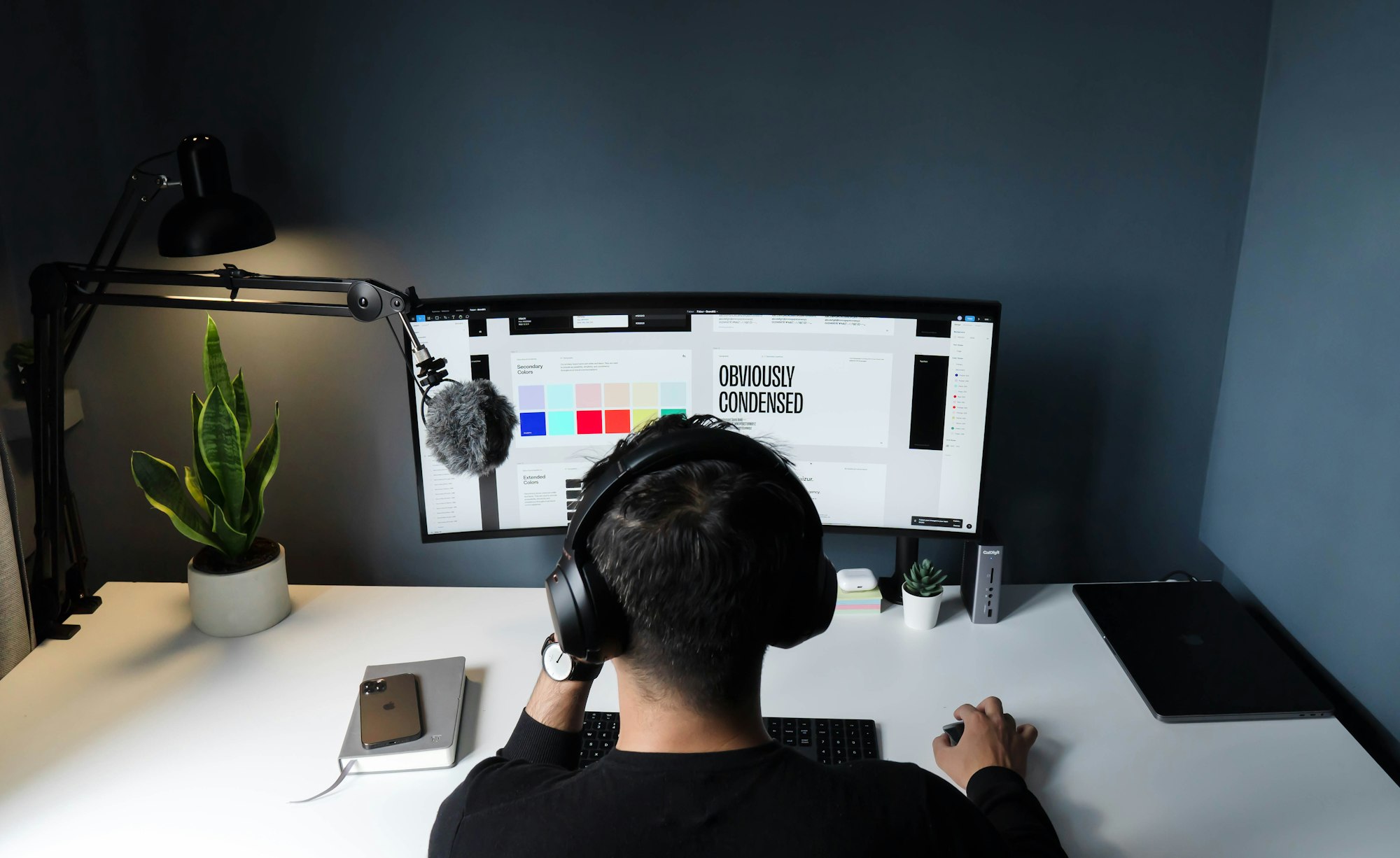
Similarities between photo editing and graphic design
- Both involve the manipulation of images, manipulating them to achieve a desired effect or to match them to a purpose.
- Understanding color theory is integral to photo editing and graphic design, allowing creators to create attractive and cohesive work. Work can also be presented in different visual styles.
- A good sense of composition is critical to creating balanced and comfortable visuals. It should be considered for both photo editing and graphic design.
- Both require proficiency in graphic design software and understanding the parameters in the different functions, including Adobe Photoshop, Lightroom, Canva, and GIMP. These are commonly used for photo editing and graphic design creation.
Conclusion
Photo editing and graphic design have differences and similarities, utilizing different techniques to display great visuals. Whether in photo editing or graphic design, we have to be flexible and skillful to present subtle results. Do you often encounter photo editing or graphic design in your daily life?